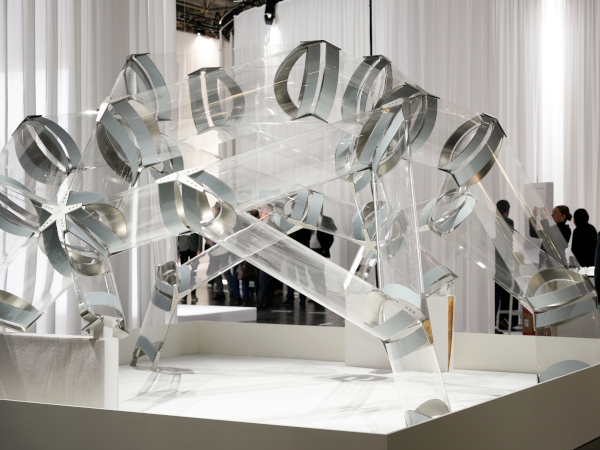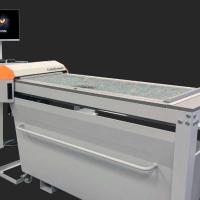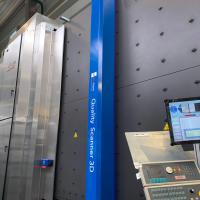Date: 16 July 2015
Micron had succeeded in printing ‘soft’ glass at a temperature of 850 degrees, as well as borosilicate glass at a melting temperature of 1640 degrees Celsius! There is a wide variety of glass 3D Printing applications, which are used in a variety of ways in the art industry, medicine, security, architecture, aerospace and many other areas.We are looking for a strategic investor for the molten glass-printing field, which is fast becoming the next HOT area.Read more here and here.We at Micron3DP invented a new way to 3d print molten glass. This is the first time that glass has been printed in liquid hot form.
Micron had succeeded in printing ‘soft’ glass at a temperature of 850 degrees, as well as borosilicate glass at a melting temperature of 1640 degrees Celsius!
There is a wide variety of glass 3D Printing applications, which are used in a variety of ways in the art industry, medicine, security, architecture, aerospace and many other areas.
We are looking for a strategic investor for the molten glass-printing field, which is fast becoming the next HOT area.
Read more here and here.










Add new comment